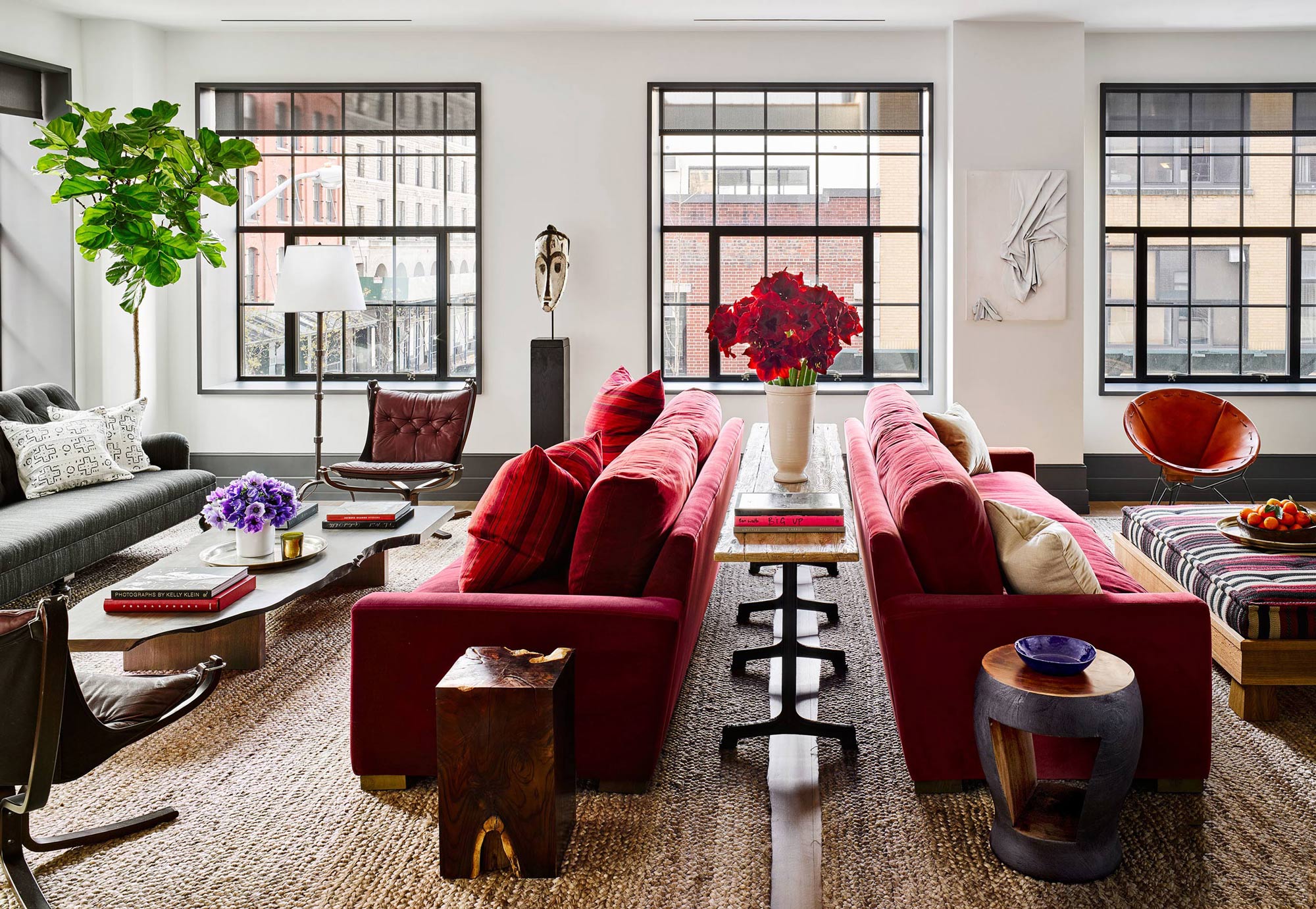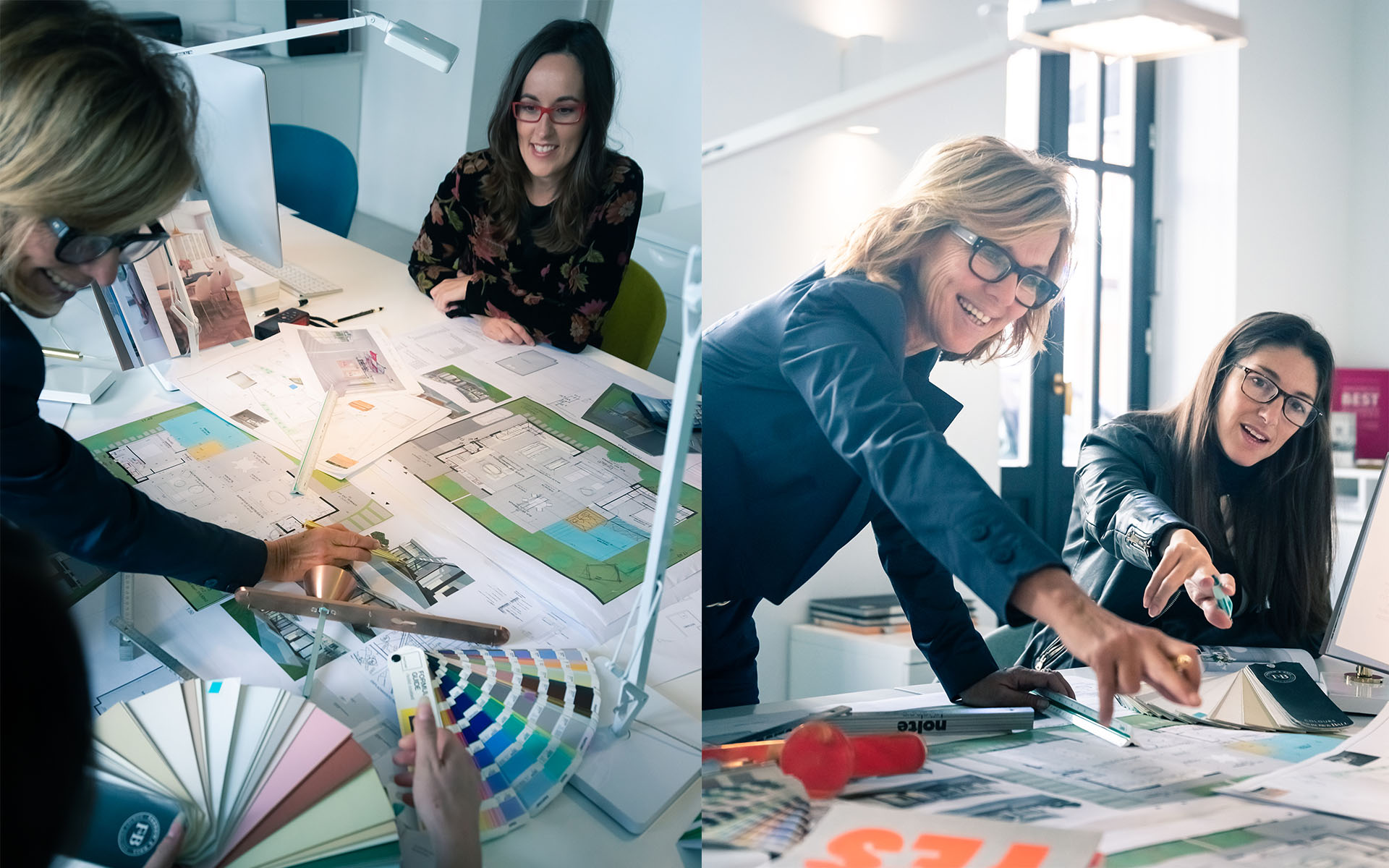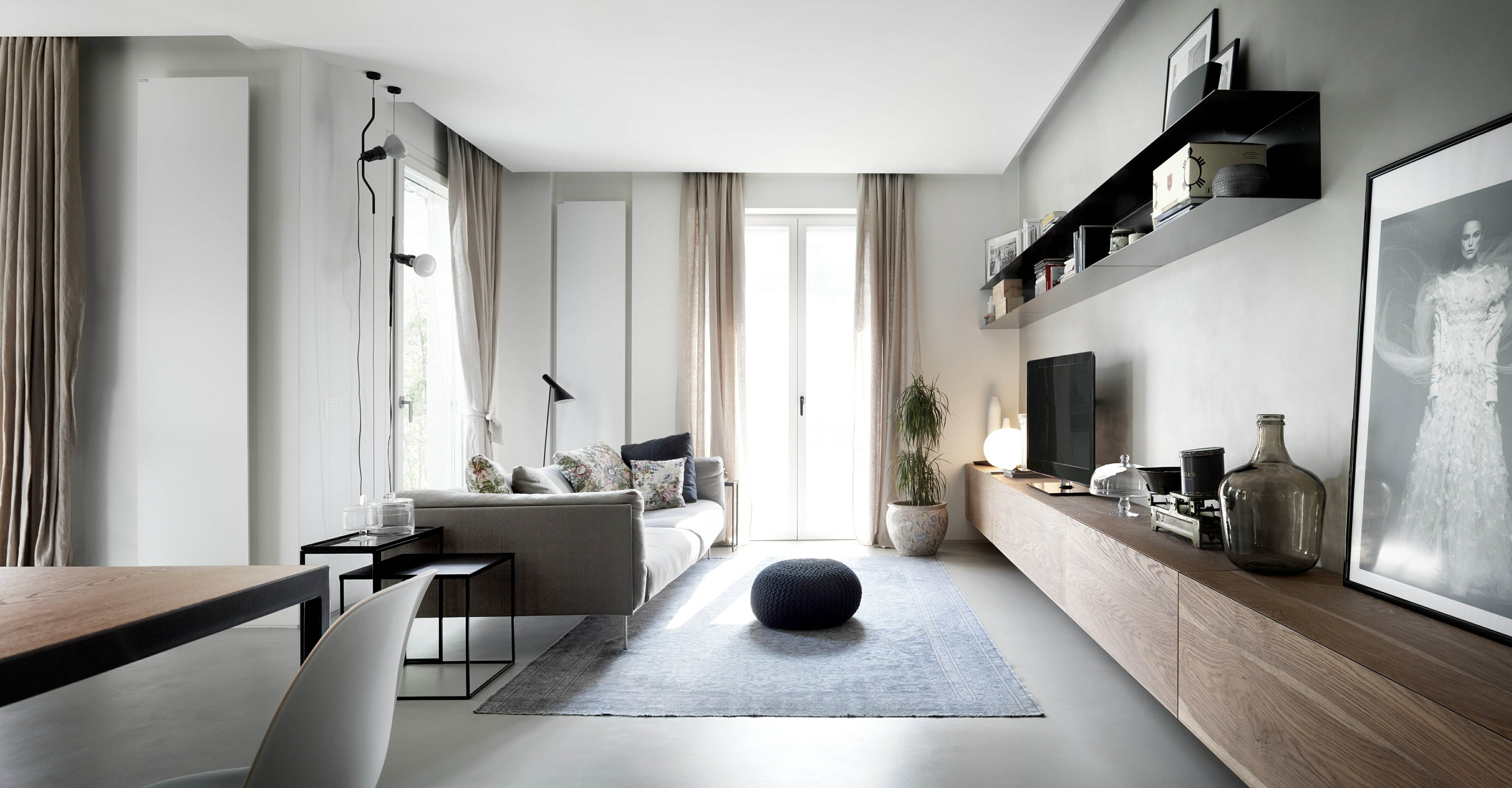Interior Design Styles: Interior Designer

Interior designer – Interior design styles are a reflection of our personality, lifestyle, and aspirations. From the classic elegance of traditional to the sleek minimalism of modern, there’s a style to suit every taste. Let’s dive into the world of interior design styles and explore their key elements and characteristics.
Modern Style
Modern interior design is characterized by clean lines, simple forms, and a neutral color palette. It emphasizes functionality and comfort, with furniture that is both stylish and practical. Think open floor plans, floor-to-ceiling windows, and built-in storage.
- Key elements: Neutral colors, geometric shapes, natural materials (wood, stone, leather)
- Furniture: Sleek and functional, with clean lines and simple upholstery
- Accessories: Minimalist, such as sculptures, plants, and abstract art
Traditional Style, Interior designer
Traditional interior design draws inspiration from historical styles, such as Victorian, Georgian, and French Country. It features ornate furniture, rich fabrics, and elaborate details. The overall effect is one of warmth, comfort, and sophistication.
Interior designers, those magical beings who transform our living spaces into masterpieces, have a new weapon in their arsenal: moving wallpapers. These animated backdrops bring a touch of whimsy and dynamism to any room, creating an immersive experience that’s both stylish and captivating.
Whether you’re looking to add a touch of tranquility with serene nature scenes or inject some energy with vibrant abstract patterns, moving wallpapers are the perfect way to elevate your interior design game.
- Key elements: Dark wood furniture, plush fabrics (velvet, silk, damask), antique accessories
- Furniture: Heavy and upholstered, with intricate carvings and moldings
- Accessories: Traditional, such as oil paintings, porcelain figurines, and Persian rugs
Contemporary Style
Contemporary interior design is a blend of modern and traditional elements. It incorporates clean lines and neutral colors, but also allows for more eclectic and personal touches. The result is a stylish and inviting space that reflects the individual’s taste.
Jadi, buat lo yang lagi nyari interior designer kece, jangan lupa cek katalognya. Mereka pasti punya banyak pilihan wallpaper kece, termasuk xxxtentacion wallpaper. Jadi, selain rumah lo jadi kece, lo juga bisa sambil mengenang sang legenda musik.
- Key elements: Neutral colors, clean lines, mixed materials (wood, metal, glass)
- Furniture: Modern and functional, with some traditional accents
- Accessories: Eclectic, such as abstract art, vintage finds, and ethnic textiles
Minimalist Style
Minimalist interior design is all about paring down to the essentials. It emphasizes simplicity, functionality, and a sense of space. The color palette is typically neutral, and furniture is chosen for its clean lines and practical design.
- Key elements: Neutral colors, clean lines, natural materials (wood, stone, metal)
- Furniture: Simple and functional, with minimal ornamentation
- Accessories: Sparse, such as plants, books, and a few well-chosen pieces of art
Interior Design Principles

Interior design principles are the fundamental guidelines that govern the arrangement and decoration of interior spaces. They provide a framework for creating visually appealing and functional environments that enhance the quality of life.
Balance
Balance refers to the distribution of visual weight within a space. It ensures that the arrangement of elements creates a sense of equilibrium and stability. There are three main types of balance: symmetrical, asymmetrical, and radial.
- Symmetrical balance: Elements are arranged evenly on both sides of a central axis, creating a formal and ordered look.
- Asymmetrical balance: Elements are arranged in a more informal and dynamic way, with visual weight distributed unevenly across the space.
- Radial balance: Elements are arranged around a central point, creating a sense of unity and cohesion.
Proportion
Proportion refers to the relationship between the sizes and scales of different elements within a space. It ensures that the elements are visually harmonious and create a sense of unity.
- The golden ratio: A mathematical formula (1:1.618) that is considered aesthetically pleasing and is often used in design.
- Scale: The size of an object in relation to other objects in the space.
- Proportion: The relationship between the sizes of different elements in a space.
Color Theory
Color theory involves the use of colors to create specific moods and atmospheres in a space. It encompasses color schemes, color combinations, and the psychological effects of colors.
- Color schemes: Monochromatic, analogous, complementary, triadic, and split-complementary.
- Color combinations: Warm colors (red, orange, yellow) and cool colors (blue, green, purple).
- Psychological effects of colors: Colors can evoke different emotions and associations.
Interior Design Elements

Interior design elements are the fundamental building blocks of any stylish and functional interior space. They include furniture, lighting, textiles, and accessories, each playing a vital role in creating a cohesive and inviting atmosphere.
Furniture is the most prominent element, providing seating, storage, and surfaces for various activities. Different types of furniture, from sofas and chairs to tables and beds, serve specific functions and can dramatically impact the overall look and feel of a room.
Lighting
Lighting is crucial for both functionality and ambiance. Natural light, when available, should be maximized through windows and skylights. Artificial lighting, such as overhead lights, lamps, and sconces, can create different moods and highlight specific areas or objects.
Textiles
Textiles, including curtains, rugs, and upholstery, add warmth, texture, and color to a space. They can soften hard surfaces, define areas, and create a sense of coziness or formality, depending on the materials and patterns used.
Accessories
Accessories, such as artwork, plants, and decorative objects, add personality and interest to a room. They can be used to reflect the homeowner’s style, create focal points, or simply add a touch of whimsy.
Combining these elements harmoniously is key to creating a well-designed interior. Consider the scale, proportion, and color scheme of each element to ensure they complement each other and create a visually pleasing space that meets both functional and aesthetic needs.